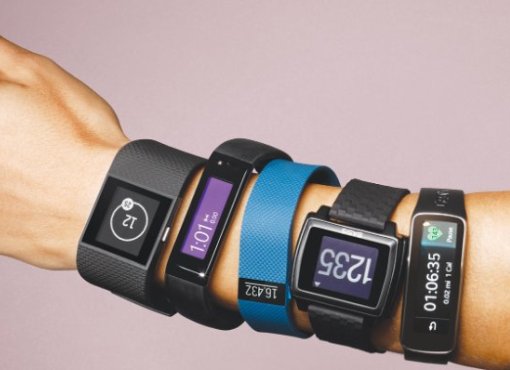Most New Year’s resolutions fail and by March, many of us have forgotten or given up on the plans we set out with on January 1st. Bad habits can be a little hard to kick, and good ones can be equally difficult to develop.
Why is this? In part, it’s because while we’re trying to form new habits, we don’t get any feedback: how do you know if a new diet is working? How do you know if you’re getting healthier? Has running for the last two weeks made any difference? Has getting more sleep for the last month improved your mood and wellbeing?
In the past, many of these things would be hard to quantify. However, with modern technologies and the data-driven insights they provide, it’s becoming much easier for consumers to learn about the impact of their lifestyle changes.
Fitness
Fitness technologies – smart watches, heart rate monitors, and health and fitness apps – have gone mainstream, and provide a fantastic opportunity to use data to your advantage.
Let’s take running as an example. I have personally had a love-hate relationship with running for a long time. In November last year, I started to get back into it with easy runs whenever I felt like it. I ran but I didn’t make any noticeable progress.
However, things changed when I started to pay attention to the data generated by my many training runs. Now, during a run, my smart watch alerts me when I go faster or slower than my specified target pace. After a run I can assess my overall performance by reviewing not just pace but also my heart rate, the elevation and other metrics. I can identify what parts of the training I struggled with.
One pattern I have noticed is that during interval runs I always struggle to hit the target pace for the first interval. How can data help me during subsequent runs? Understanding that the first speed interval on a cold winter morning will be a little slower means I don’t need to get frustrated during the run, because I know I will hit my target in the following intervals and have a successful session overall.
For running I have a specific plan with specific sessions for each week and I analyze the data to understand my performance, plan future sessions better, and to ensure I can improve consistently.
Tools and online communities like Strava allow athletes to assess their performance against that of others. Whether you want to be the fastest cyclist up a certain hill or you want to crack a distance goal, these communities with their gamification and competitive nature give you a chance to use data to become fitter and better at your chosen sport.
Food
Most people I know have at some point expressed the wish to lose weight and eat healthier. Unfortunately, those goals become difficult to achieve in the face of constant culinary temptation and the ever-present advertisement for fast-food.
How can data help you achieve a healthier diet and lifestyle? Again, you can turn to apps and tools like MyFitnessPal – something I have used myself in the past. Whether or not you want to count calories, tracking food in an app is a good way to get data-driven feedback on the amount of calories consumed and the nutritional makeup of your diet.
Data in this case informs you when you’ve reached a specific calorie limit and can tell you whether the amount of sugar, fat, sodium and other nutrients consumed throughout the day is in accordance with a healthy diet.
Learning from my own nutritional data by using MyFitnessPal to track food for a couple of years helped me to appreciate the nutritional content of the foods I eat. Years later, this knowledge is still helping me to make the right choices, even though I’m not meticulously tracking every meal.
Grounded in data, I’ve developed a lifestyle that works for me and gives me consistent results and optimal health. Without the regular data-driven feedback from the app I used, I would have struggled to build the same healthy habits.
Quantifying your progress with data
Collecting data about your health has become significantly easier and using data to your advantage to make lasting positive changes is possible thanks to many solutions in the market.
Collecting data can be a mix of automated tracking, when you run, for example, and manual input, such as recording the foods you eat. From my own experience, I know that the process is definitely worth it and that consistency pays off.
The idea isn’t necessarily to record every morsel of food for the rest of your life, or to track every single run. Instead, try to monitor key activities for a representative duration, such as a few weeks, months or a year. This enables you to learn much more about the activity and empowers you to make small adjustments along the way that can result in big improvements over the long-term.
Source: forbes.com
Author: Eva Murray
